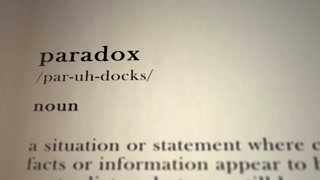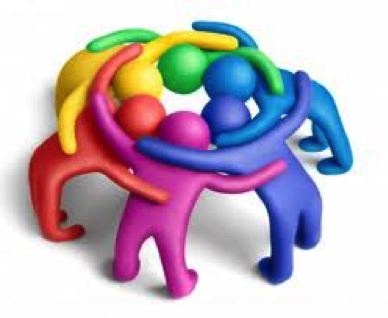Social Media and major gifts … REALLY?!
Written by The Bridge Blog guest writer – Christopher McGown
Does Social Media have a part to play in major gift development? It seems like such a simple question. The answer is also simple; Yes. The “How?” on the other hand, may be a bit more complex. It is likely that donors are exposed to an organization’s social media efforts without it being part of the major gift development ‘plan.’ What might be referred to as ‘passive’ cultivation happens when donors interact with a non-profit organization’s social media presence without an intentional prompting on the part of the organization or a major giving officer. This can include viewing, sharing, pinning or any other form of interaction with a social media outlet. The compounded effect of this passive cultivation shouldn’t be underestimated but at the same time, it is nearly impossible to measure its impact in any real, meaningful way. In this way, social media and mass media are very much alike in that a correlation can be found, but causation is hard to prove.
 It is possible for social media to be deployed as part of a major gift development plan. Social media, in any of its platforms, has a place in identification, research, cultivation, solicitation, and stewardship, but that place is specific. We will discuss, in the next three segments, the proper and improper uses of social media in a major gift campaign. Fist we will look at what social media should not be used for. After this we will analyze exactly what it is ideally suited to. Finally, we will discuss how to handle some specific logistical issues that an organization might face while using social media.
It is possible for social media to be deployed as part of a major gift development plan. Social media, in any of its platforms, has a place in identification, research, cultivation, solicitation, and stewardship, but that place is specific. We will discuss, in the next three segments, the proper and improper uses of social media in a major gift campaign. Fist we will look at what social media should not be used for. After this we will analyze exactly what it is ideally suited to. Finally, we will discuss how to handle some specific logistical issues that an organization might face while using social media.
What Social Media for Major Gift Development is NOT:
Let me start by delineating the difference between a major gift and major gift development. A major gift is the desired result of major giving development. However, not every major gift is the result of a personal, relationship-centered, and deliberate process, a.k.a. Major Gift Development. Sometimes a major gift, happens without any intentional interaction on the part of the charity.
It is certainly possible that social media has some influence on major gifts. Given that YouTube is touted as the second largest search engine and Facebook has approximately 30% more weekly traffic than Google, it would be foolish to assume otherwise.
Remember that social media is not the perfect tool for every prospect or donor. Some of your potential donors might not even use social media as a primary form of communication. It is unlikely that these people would even be aware of your efforts if social media were used to the exclusion of other, more traditional methods.
Some prospects will keep up with your organization’s goings on through your social media outlets, but resist your organization’s attempt to personally interact with them through social media. In this way, there is no difference when compared to phone, email, or direct mail campaigns.
Remember that those who use social media frequently are constantly being inundated with information. This means that it is easy for someone to miss out on information simply because it can get lost in the shuffle. Bearing this in mind, using social media to ‘blast out’ your organization’s latest major gift naming opportunities would not, in my opinion, qualify as major gift development. Don’t get me wrong, I’m not saying that you shouldn’t tweet: “Your Family name can live forever, talk to us about how to create your own named endowment. Lrn more @ t.co/thesub1” from time-to-time; but only the most generous would label this as part of a major gift process beyond perhaps a ‘feeder’ technique.
miss out on information simply because it can get lost in the shuffle. Bearing this in mind, using social media to ‘blast out’ your organization’s latest major gift naming opportunities would not, in my opinion, qualify as major gift development. Don’t get me wrong, I’m not saying that you shouldn’t tweet: “Your Family name can live forever, talk to us about how to create your own named endowment. Lrn more @ t.co/thesub1” from time-to-time; but only the most generous would label this as part of a major gift process beyond perhaps a ‘feeder’ technique.
In part two we will discuss What Part Social Media Does Play in Major Gift Development.






